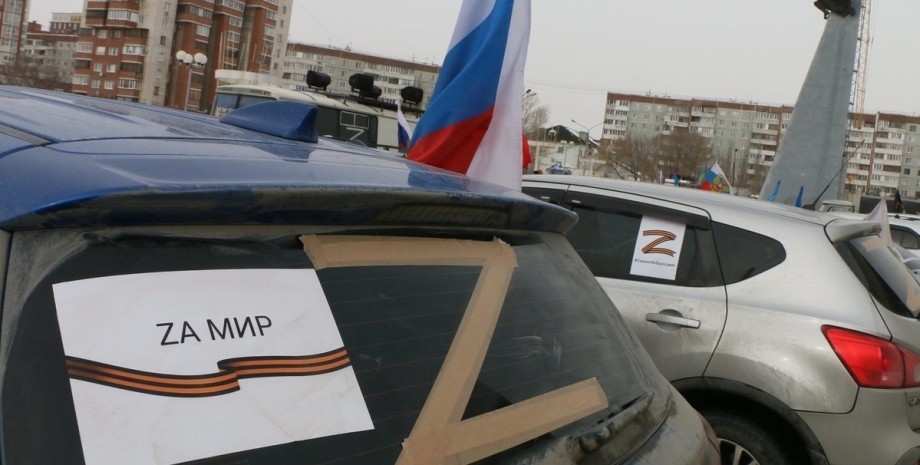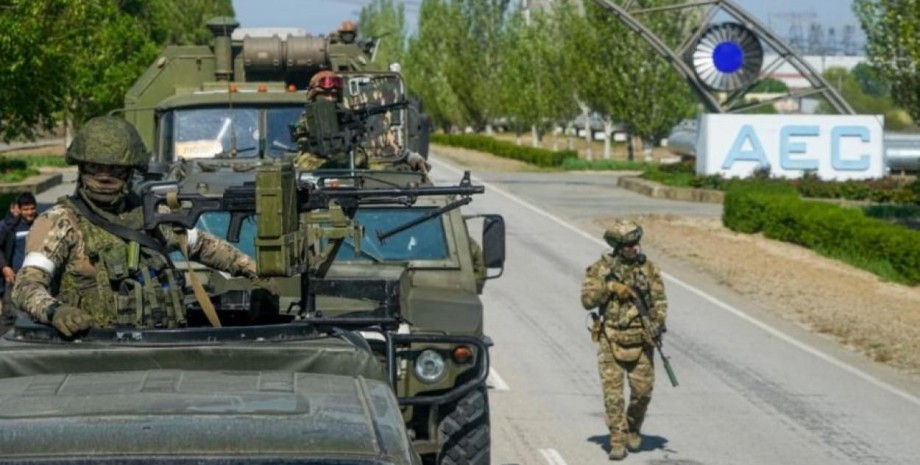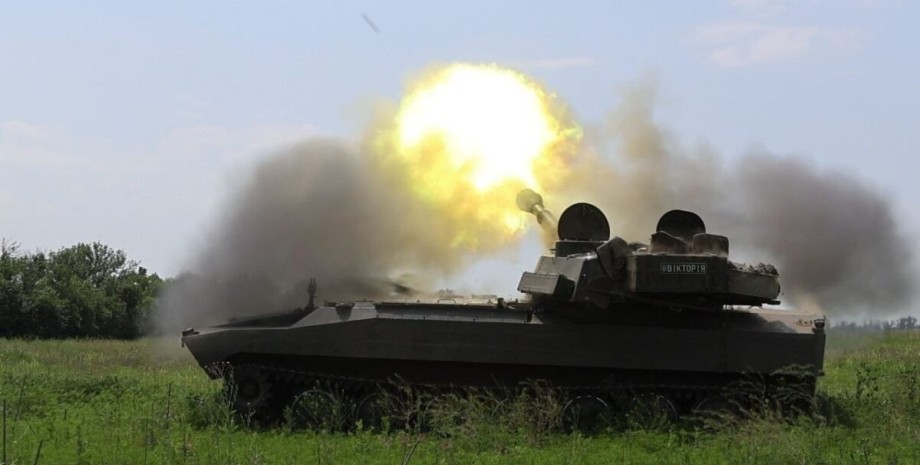According to the latest data, they go to the so -called DNR and LNR in eastern Ukraine, where they will be transferred to local police units. Video of T-62 Day is an outdated design, which was first represented by the Soviet tank regiment as a major combat tank in 1961. The impetus for its development was the recognition that the smaller size of the main calibers of earlier T-54 and T-55 tanks could not effectively punch the armor of typical Western tanks.
It was also found that none of the tanks could contain more weapons T-62. The T-62 is characterized by a domed tower, which is little different from its predecessors T-54 and T-55 in appearance and functions, as well as a low overall profile, which complicates the inspection and hit in battle. The T-62 was widely used in the former Soviet Union, the former Member States of the Warsaw Treaty, as well as in some countries in Africa and the Middle East.
It has not become widespread as the T-55 because of the higher cost of production. At the first issue, the T-62 tank was concerned about NATO, as most of the western tanks of that time were unarmed and armored. They were also in a quantitative losing position compared to the tanks that the Russians had. The concern was caused by the widespread belief that during the invasion of Western Europe, the Soviets would use the overwhelming number of tanks, artillery and infantry to destroy NATO forces.
Given that the T-62 had a gun 115 mm, while NATO average tanks had a gun from 90 to 105 mm, fears seemed justified. During the war of Judgment Day 1973 T-62, he was a strong opponent for Patton and Centurion Israeli tanks because of his excellent combat capabilities at night. However, the best preparation and discipline of the Israeli tankers rescued the situation of Israel.
By the end of the war, Israel seized many T-62 tanks, which were subsequently modified, improved and integrated into the advanced Israeli tank units. Although at the same time the characteristics of the T-62 during the first war in the Persian Gulf were no longer astonished.
During The Buttle of 73 Easting (Battle of 73 Truth), which took place on January 26 and 27, 1991, the US tank and cavalry units collided with a combination BMP-1 infantry combat vehicles and burned infantry armed with anti-tank weapons RPG-7. In a further decisive battle, none of the Iraq tanks, including T-62, was able to compare with much more powerful American tanks M1a2 or even with M2 Bradley infantry fighting machines, which carried Tow (tube rockets.
After the battle, the US Army found that about 159 Iraqi tanks of all types were destroyed and 2000 were captured. US losses were minimal: only six soldiers of the 2nd armored regiment were killed, and 19 more were wounded. Only one M2 Bradley was lost, and at the same time none of the M1 tanks was lost from the enemy's fire.
The American artillery units, which also participated in the battle, made 720 artillery shots and released several RSSS missiles in the Iraqi units to prevent them from taking the best defensive positions. The result of the battle on 73 trig showed that the T-62 could not compare with modern tanks of the time, mainly because of its outdated weapons, armored protection, ammunition, fire and optics management systems.
Even well-trained modern crews would consider T-62 primitive, slow and difficult to governing. T-62 cannot replace the T-72 that Russia has lost in the war in Ukraine because they cannot resist the more modern tanks in Ukraine, namely T-84 Oplot, made in Germany by its own tanks Leopard 2A4, which Spain gave and several Leopard 1A4 tanks of the former German army in the mid-1970s, which can shoot modern types of ammunition.
At best, the T-62 can only be used in a limited number of tactical tasks, and even in this case, such use may be too optimistic. They may have been used as infantry support machines operating in a backing position to minimize the risk of detection and destruction. However, if they open fire on Ukrainian infantry or tank units, their positions will be immediately disclosed. After that, Ukrainian drones armed with bombs will be involved in their detection and destruction.
These tanks will also be very vulnerable to Ukrainian anti -tank missiles that carry over -powerful ammunition and high -precision artillery blows driven by reconnaissance drones. Given the low capabilities of the T-62 tanks, Putin's decision to transfer them to Ukraine is surprising and even looks absurd. He may still believe that he can win the war and deploy a T-62 with minimal problems.




















Všetky práva vyhradené IN-Ukraine.info - 2022